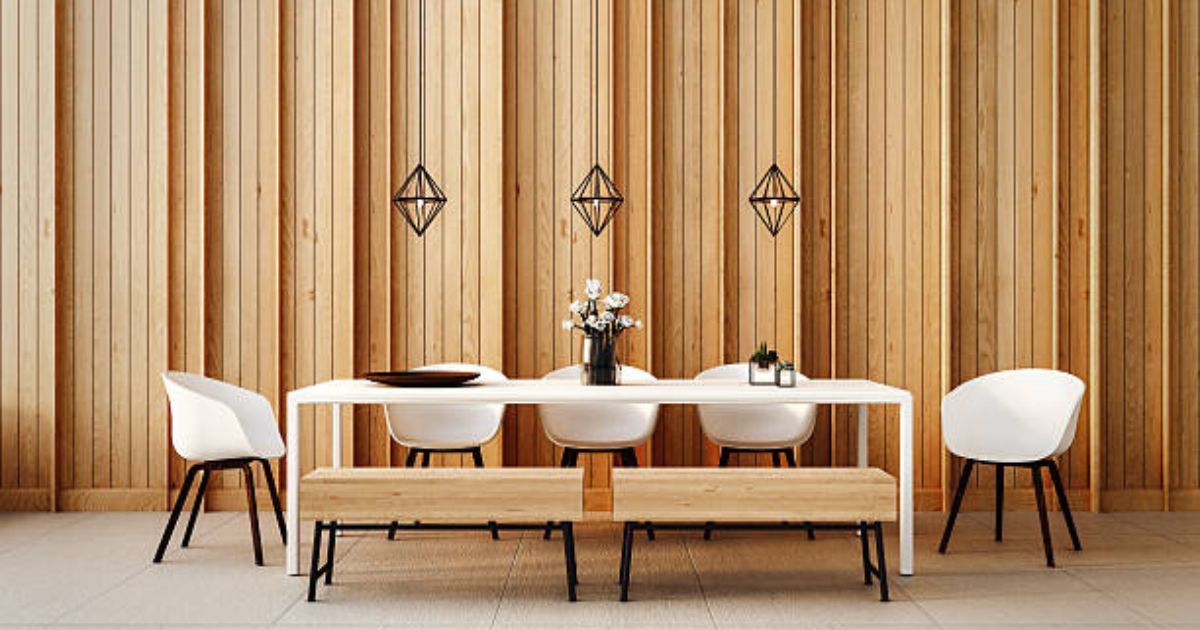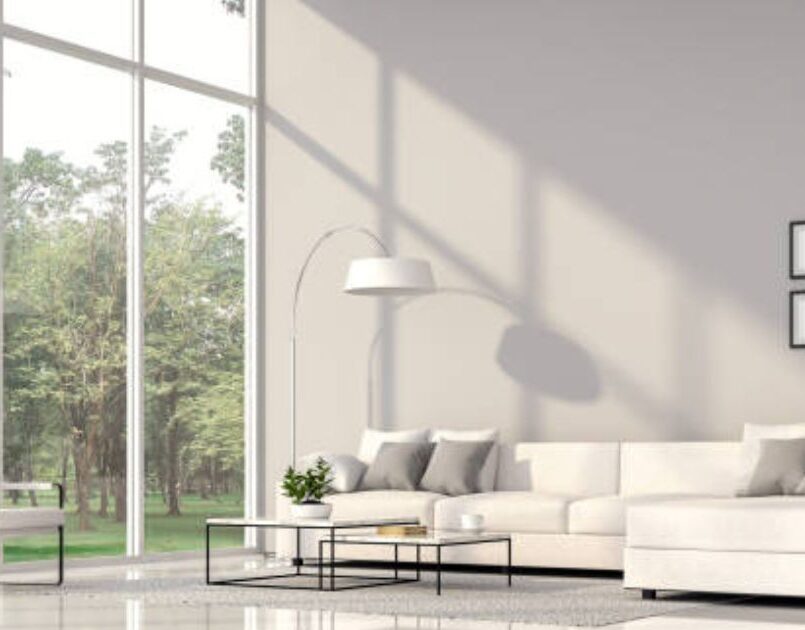Furniture with a 3D design has revolutionized the way people perceive interior design. From creating visually appealing spaces to optimizing functionality, 3D furniture design has become essential in modern homes. This article explores the benefits of Furniture with a 3D design, how it works, and its future in interior design.
What is Furniture with a 3D Design?
Furniture with a 3D design is Furniture created using 3D printing technology. The process involves creating a digital model of a furniture piece using specialized software and printing it layer by layer until the final product is complete. 3D furniture design is not limited to a particular material, allowing designers to experiment with various materials like plastic, wood, and metal.
Benefits of Furniture with a 3D Design
Furniture with a 3D design has become increasingly popular due to its numerous benefits. In this section, we will explore the benefits of Furniture in a 3D format.
Customization
One of the most significant benefits of Furniture with a 3D design is its ability to be customized to fit specific needs; unlike traditional Furniture, which is mass-produced and may not meet individual preferences, 3D furniture design allows for customization of the invention, size, and shape, making it a perfect fit for any space. This feature makes 3D furniture design an excellent option for people who want unique and personalized furniture pieces.
Cost-Effective
Another significant benefit of Furniture with a 3D design is its cost-effectiveness. Traditional furniture manufacturing methods require expensive molds and tooling, which can increase the cost of production. 3D furniture design eliminates the need for molds and tooling, resulting in a more cost-effective production process. This cost reduction can be passed on to the customers, resulting in affordable furniture pieces.
Faster Production Rate
3D furniture design has a faster production rate than traditional manufacturing methods. Creating a digital model and printing the furniture piece layer by layer is more efficient than conventional manufacturing methods, which require several stages of production. The faster production rate means that 3D furniture designers can produce furniture pieces at a higher volume, meeting the demands of their customers in a shorter period.
High-Quality Products
Furniture with a 3D design is of high quality. The digital model used in 3D furniture design allows for more precise and accurate methods, resulting in superior-quality furniture pieces. Additionally, 3D printing technology allows for the use of various materials, such as plastic, wood, and metal, resulting in durable and long-lasting, high-quality furniture pieces.
Sustainable
Furniture with a 3D design is more sustainable than traditional furniture manufacturing methods. With conventional manufacturing methods, a significant amount of waste is produced during the production process. However, 3D furniture design makes the production process more efficient, resulting in minimal waste. Additionally, 3D furniture design allows for using recycled materials, making it an environmentally friendly option for furniture production.
How Furniture with a 3D Design Works
Furniture with a 3D design is created using 3D printing technology. This section will explore how Furniture with a 3D design works.
Creating a 3D Model
The first step in creating Furniture with a 3D design is to create a 3D model. A 3D model is a digital representation of the furniture piece created using specialized software. The 3D model includes every detail of the furniture piece, such as the size, shape, and design. Once the 3D model is created, it can be printed using a 3D printer.
Printing the Furniture Piece
The 3D model is loaded into the 3D printer to print the furniture piece, and the printing process begins. The 3D printer adds material layer by layer to create the furniture piece. The material depends on the type of 3D printer used and the desired outcome. For example, plastic, metal, or wood can create Furniture.
Finishing the Furniture Piece
Once the furniture piece is printed, it requires finishing touches to make it ready for use. The finishing communications may include sanding, painting, or staining, depending on the material used. The goal of finishing is to achieve the desired look and feel of the furniture piece. Once the finishing touches are complete, the furniture piece is ready for use.
Challenges in 3D Printing Furniture
While 3D printing technology has numerous benefits in furniture design, there are also some challenges. One of the most significant challenges is the limited size of 3D printers, which limits the size of the furniture pieces that can be produced. Another challenge is the material used, as some materials may need to be more suitable for 3D printing, limiting the available options.
The Future of Furniture with a 3D Design
3D printing technology in furniture design has revolutionized the industry, providing new opportunities and possibilities for furniture designers and manufacturers.
Innovative Designs and Customization
One of the most significant benefits of 3D printing technology in furniture design is the ability to create unique and innovative designs. With 3D printing technology, designers can create furniture pieces with intricate details and complex shapes that would be difficult to achieve using traditional manufacturing methods. Furthermore, 3D printing technology allows for customization, allowing customers to design and create furniture pieces reflecting their tastes and preferences.
Sustainability and Waste Reduction
As sustainability becomes increasingly important, 3D printing technology provides an eco-friendly option for furniture production. Traditional manufacturing methods generate significant waste, but 3D printing technology uses only the necessary material to create the furniture piece, reducing waste and conserving resources.
New Materials and Technology
Advancements in 3D printing technology are opening up new possibilities for furniture design. The use of new materials, such as bioplastics and recycled materials, is becoming more prevalent in 3D printing. Recent 3D printing technologies, such as multi-material and large-scale printing, are being developed to produce more extensive and complex furniture pieces.
Automation and Production Efficiency
3D printing technology in furniture production allows for automation and increased production efficiency. With 3D printing technology, furniture pieces can be produced quickly and efficiently, reducing the time and labor required for traditional manufacturing methods.
Challenges and Limitations
While 3D printing technology has numerous benefits in furniture design and production, challenges and limitations still need to be addressed. The cost of 3D printing technology is still relatively high, making it challenging for small-scale manufacturers to adopt. Furthermore, the quality of 3D-printed furniture pieces may differ from traditional manufacturing methods, particularly for more significant amounts.
Conclusion
Furniture with a 3D design has revolutionized interior design by providing unique and customizable furniture pieces. With the ability to create complex designs and faster production rates, 3D furniture design has become an essential element in modern homes. The future of Furniture with a 3D structure is promising, and we can expect to see more innovative and creative designs.
FAQS:
What is Furniture with a 3D design?
Furniture with a 3D design has been designed and manufactured using 3D printing technology.
What are the benefits of Furniture with a 3D design?
Furniture with a 3D design has numerous benefits, including innovative techniques and customization, sustainability and waste reduction, new materials and technology, and automation and production efficiency.
How does Furniture with a 3D design work?
Furniture with a 3D design is created using 3D printing technology, which involves designing the furniture piece using computer-aided design (CAD) software and then printing the piece layer by layer using the desired material.
What are the challenges and limitations of Furniture with a 3D design?
The cost of 3D printing technology can be high, and the quality of 3D-printed furniture pieces may differ from traditional manufacturing methods, particularly for more significant amounts.
What is the future of Furniture with a 3D design?
The future of Furniture with a 3D design is bright and promising, with ongoing developments in technology and materials providing endless possibilities for creativity, sustainability, and efficiency.






